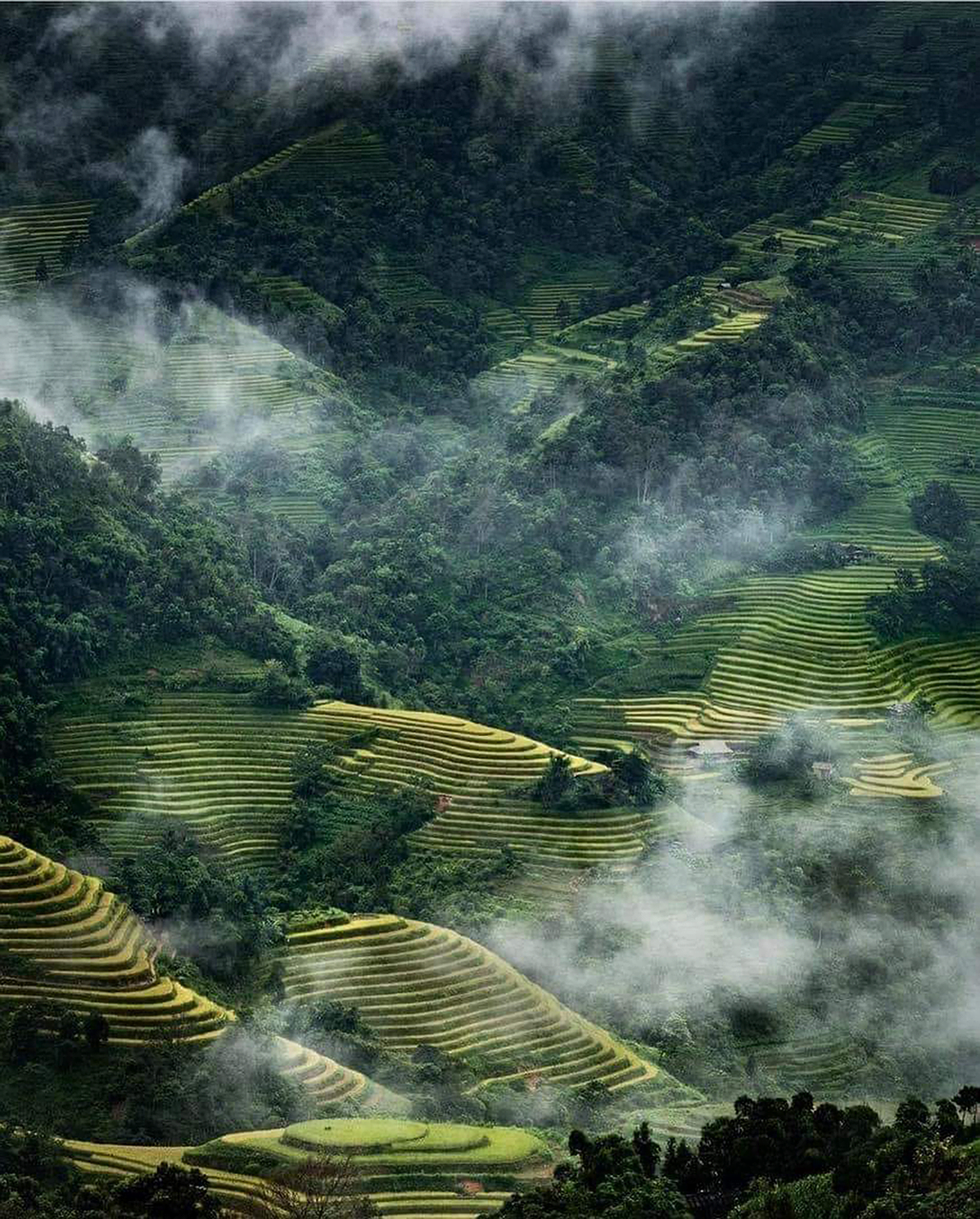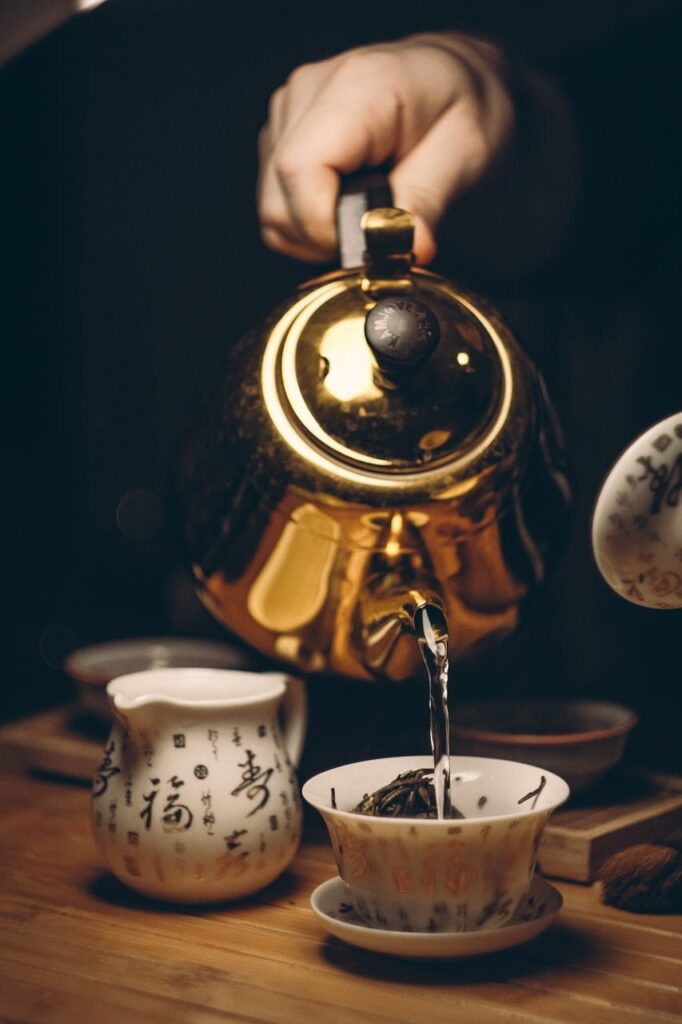herbal tea
Herbal tea, also sometimes called a tisane (ti-zahn), is a caffeine-free beverage made by steeping various plant parts in hot water. Unlike true tea (black, green and so on.) that comes from the Camellia sinensis plant, herbal tea embraces a wider world of botanical ingredients:
Botanical Bounty: Instead of leaves from a single plant, herbal tea can be brewed from dried fruits (like hibiscus or rosehip), flowers (chamomile, lavender), spices (ginger, cinnamon), or even herbs (mint, peppermint).
Flavour Frenzy: The variety of ingredients translates to a vast array of possible flavours, from the calming chamomile to the invigorating ginger. The variety means that herbal teas can offer something for every taste bud.
Potential Health Benefits: Herbal teas have been used for centuries in traditional medicine for their potential health benefits. Chamomile is known for its ability to help relaxation, ginger for aiding digestion, and peppermint for soothing an upset stomach. (It’s important to note that the scientific evidence for these benefits can vary.)
So, next time you’re looking for a warm, soothing drink or a flavourful caffeine-free alternative, consider exploring the wonderful world of herbal tea.
























